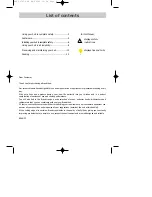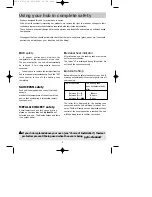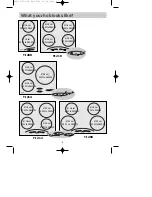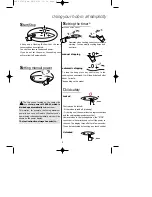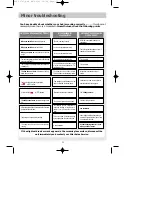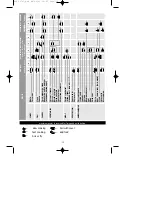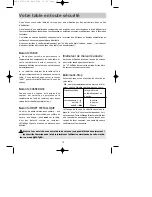
5
containers
You probably already have some suitable pans.
Your induction hob is able to recognize most
types of recipients.
Recipient test: Place your recipient on a ring, for
example at
position 4; you know that your recipient is com-
patible if the display does not flash, but if it does
flash then you cannot use this recipient for in-
duction cooking.You can also test it with a ma-
gnet: if the magnet "sticks" to the recipient,
then you can use it for induction cooking.
Recipients compatible with induction are:
• recipients made of enamel coated steel with or
without a non-stick coating.
• cast iron recipients with or without enamel
coated base.
An enamelled coated base will prevent the glass
top of your hob from getting scratched.
• stainless steel recipients designed for
induction cooking.
Most stainless steel recipients (saucepans,
stewpans, frying recipients, deep frying
recipients, etc.) are suitable for induction
cooking if they pass the recipient test.
• aluminium pans with special base.
recipients which do not have a flat base may be
suitable, however they must not be deformed
too badly.
Choose a recipient marked with the
logo on its base or packaging to be sure that it is
perfectly suitable for use on your induction hob
under normal conditions of use.
A list of utensils is supplied with these
instructions to help you make your choice.
• Note
Glass, ceramic, earthenware recipients,
aluminium pans (without a special base) and
copper
recipients, and some non-magnetic stainless
steel recipients are incompatible with induction
cooking. You will be informed by the flashing
display.
You should choose recipients with a
thick flat base for uniform cooking
(heat is better distributed).
Ø 28 cm
Ø 12 ..... 32 cm
U
sing the cooking zones according to the recipient
(depending on the model)
Ø18 ..... 24 cm
Ø 22 cm
Ø 16 cm
Ø 18 cm
Ø12 ..... 22 cm
Ø10 ..... 18 cm
This 28 cm cooking zone:
-
Automatically adapts to the recipient.
-
Delivers optimal power.
-
Provides excellent heat distribution.
-
Supplies an even cooking temperature and
consequently you can prepare wide pancakes, large
fish etc…, or large quantities of small pieces, they
will all be
cooked in the same way
.
Slow cooking
(sauces, creams…).
Preparing small
quantities or
i n d i v i d u a l
portions…
Multi-service zone
Multi recipients
For small pans
9962 5741.qxd 09/09/02 10:34 Page 5


